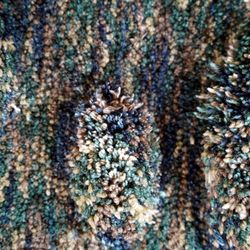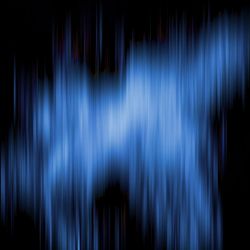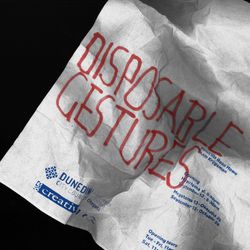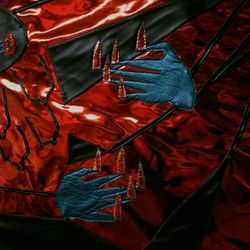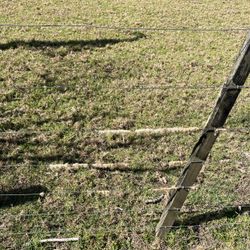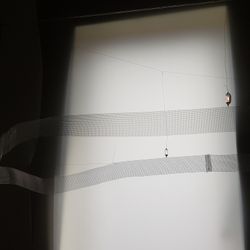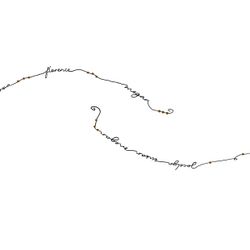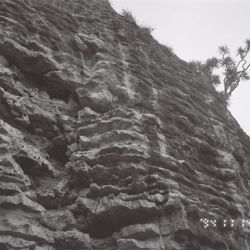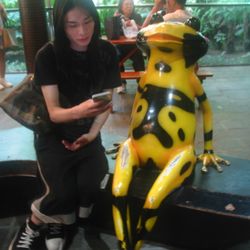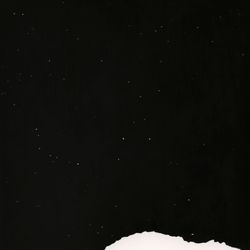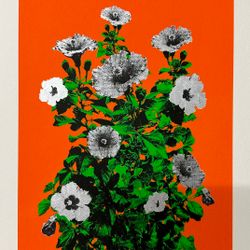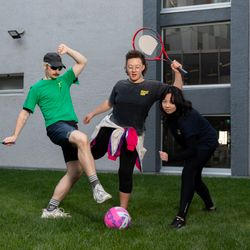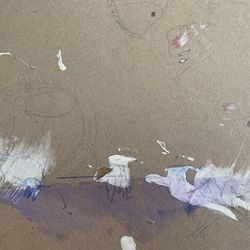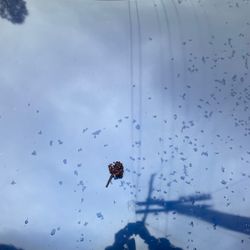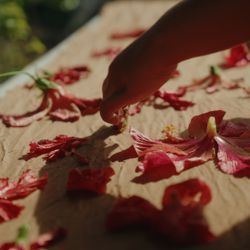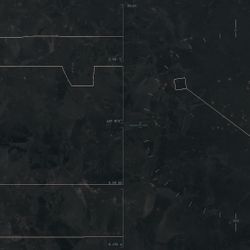Installation view, 2025.
Photo: Alex Lovell-Smith
Yukari 海堀 Kaihori, Untitled (forest I), Recycled wood, resin, collected weeds from around the gallery, brass rod, fish wire, 2025.
Photo: Alex Lovell-Smith
Yukari 海堀 Kaihori, Untitled (forest I) (detail), Recycled wood, resin, collected weeds from around the gallery, brass rod, fish wire, 2025.
Photo: Alex Lovell-Smith
Yukari 海堀 Kaihori, Untitled (forest I) (detail), Recycled wood, resin, collected weeds from around the gallery, brass rod, fish wire, 2025.
Photo: Alex Lovell-Smith
Yukari 海堀 Kaihori, Untitled (forest I) (detail), Recycled wood, resin, collected weeds from around the gallery, brass rod, fish wire, 2025.
Photo: Alex Lovell-Smith
Yukari 海堀 Kaihori, Untitled (forest I) (detail), Recycled wood, resin, collected weeds from around the gallery, brass rod, fish wire, 2025.
Photo: Alex Lovell-Smith
Yukari 海堀 Kaihori, Untitled (furin bells), Recycled clay, ash glaze, bookmarks, thread, 2025.
Photo: Alex Lovell-Smith
Yukari 海堀 Kaihori, Lucky Cat, 3D printing with found objects, 2025.
Photo: Alex Lovell-Smith
Yukari 海堀 Kaihori, Resin beads, 2025.
Photo: Alex Lovell-Smith
Installation view, 2025.
Photo: Alex Lovell-Smith
Yukari 海堀 Kaihori, Untitled (forest II), Recycled wood, resin, collected weeds from around the gallery, brass rods, fish wire, 2025.
Photo: Alex Lovell-Smith
Yukari 海堀 Kaihori, Untitled (furin bells), Recycled clay, ash glaze, bookmarks, thread, 2025.
Photo: Alex Lovell-Smith
Yukari 海堀 Kaihori, Untitled (furin bells), Recycled clay, ash glaze, bookmarks, thread, 2025.
Photo: Alex Lovell-Smith
Yukari 海堀 Kaihori, Untitled (cedar leaves), Collected cedar leaves, 2025.
Photo: Alex Lovell-Smith
Moss.
Photo: Alex Lovell-Smith
Yukari 海堀 Kaihori, Untitled (forest II) (detail), Recycled wood, resin, collected weeds from around the gallery, brass rods, fish wire, 2025.
Photo: Jordan Davey-Emms
Yukari 海堀 Kaihori, Untitled (forest II) (detail), Recycled wood, resin, collected weeds from around the gallery, brass rods, fish wire, 2025.
Photo: Jordan Davey-Emms
Yukari 海堀 Kaihori, Untitled (forest II) (detail), Recycled wood, resin, collected weeds from around the gallery, brass rods, fish wire, 2025.
Photo: Jordan Davey-Emms
Installation view, 2025.
Photo: Jordan Davey-Emms
Alex Laurie, Desert, Plaster, aluminum, auto bulbs, tinned copper wire, 2025.
Photo: Jordan Davey-Emms
Alex Laurie, Desert (detail), Plaster, aluminum, auto bulbs, tinned copper wire, 2025.
Photo: Alex Lovell-Smith
Alex Laurie, Desert (detail), Plaster, aluminum, auto bulbs, tinned copper wire, 2025.
Photo: Alex Lovell-Smith
Alex Laurie, Desert (detail), Plaster, aluminum, auto bulbs, tinned copper wire, 2025.
Photo: Alex Lovell-Smith
Alex Laurie, Desert (detail), Plaster, aluminum, auto bulbs, tinned copper wire, 2025.
Photo: Alex Lovell-Smith
Alex Laurie, Desert (detail), Plaster, aluminum, auto bulbs, tinned copper wire, 2025.
Photo: Alex Lovell-Smith
Alex Laurie, Desert (detail), Plaster, aluminum, auto bulbs, tinned copper wire, 2025.
Photo: Alex Lovell-Smith
Alex Laurie, Desert (detail), Plaster, aluminum, auto bulbs, tinned copper wire, 2025.
Photo: Alex Lovell-Smith
Alex Laurie, Desert (detail), Plaster, aluminum, auto bulbs, tinned copper wire, 2025.
Photo: Alex Lovell-Smith
Alex Laurie, Desert (detail), Plaster, aluminum, auto bulbs, tinned copper wire, 2025.
Photo: Alex Lovell-Smith
Alex Laurie, Desert (detail), Plaster, aluminum, auto bulbs, tinned copper wire, 2025.
Photo: Alex Lovell-Smith
Yukari 海堀 Kaihori, Year of the Snake, 3D printing with found objects, 2025.
Photo: Alex Lovell-Smith
Yukari 海堀 Kaihori, Resin bead, 2025.
Photo: Alex Lovell-Smith
Installation view, 2025.
Photo: Alex Lovell-Smith
Installation view, 2025.
Photo: Jordan Davey-Emms
Yukari 海堀 Kaihori, Untitled (furin bells), Recycled clay, ash glaze, bookmarks, thread, 2025.
Photo: Jordan Davey-Emms
Yukari 海堀 Kaihori, Untitled (forest I), Recycled wood, resin, collected weeds from around the gallery, brass rod, fish wire, 2025.
Photo: Jordan Davey-Emms
Yukari 海堀 Kaihori, Untitled (furin bells), Recycled clay, ash glaze, bookmarks, thread, 2025.
Photo: Jordan Davey-Emms
Yukari 海堀 Kaihori, Untitled (furin bells), Recycled clay, ash glaze, bookmarks, thread, 2025.
Photo: Jordan Davey-Emms
Yukari 海堀 Kaihori, Untitled (furin bells), Recycled clay, ash glaze, bookmarks, thread, 2025.
Photo: Jordan Davey-Emms
